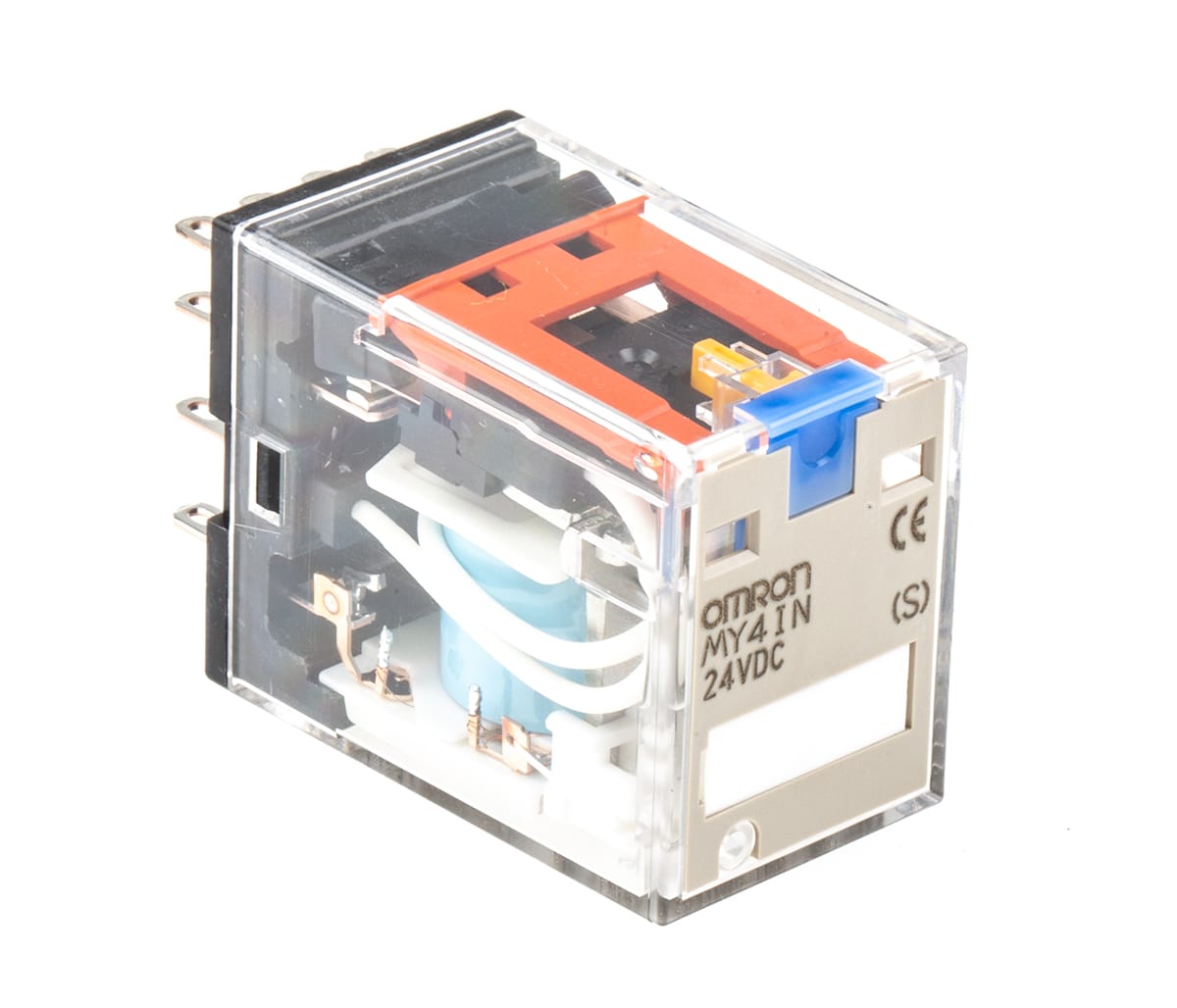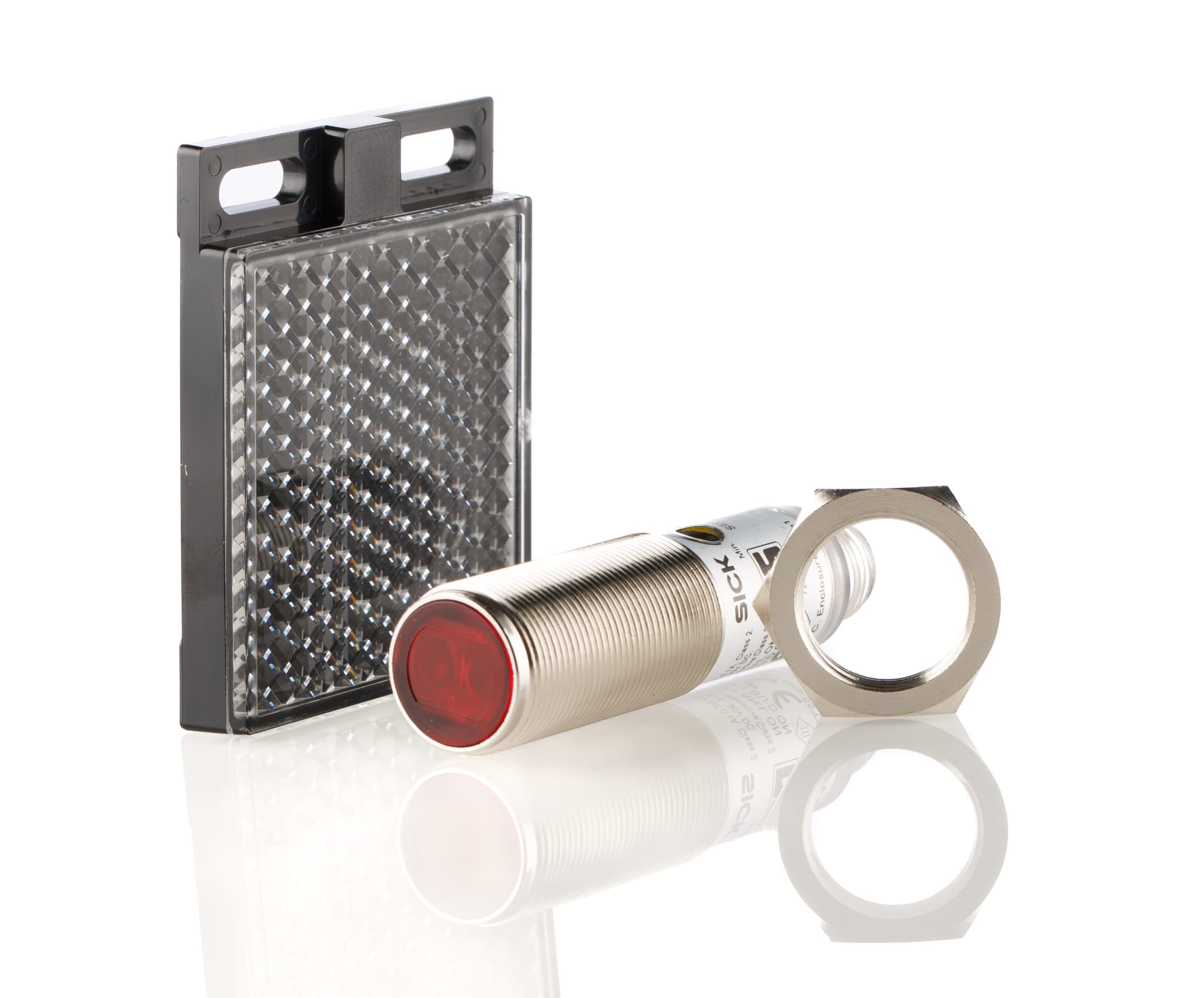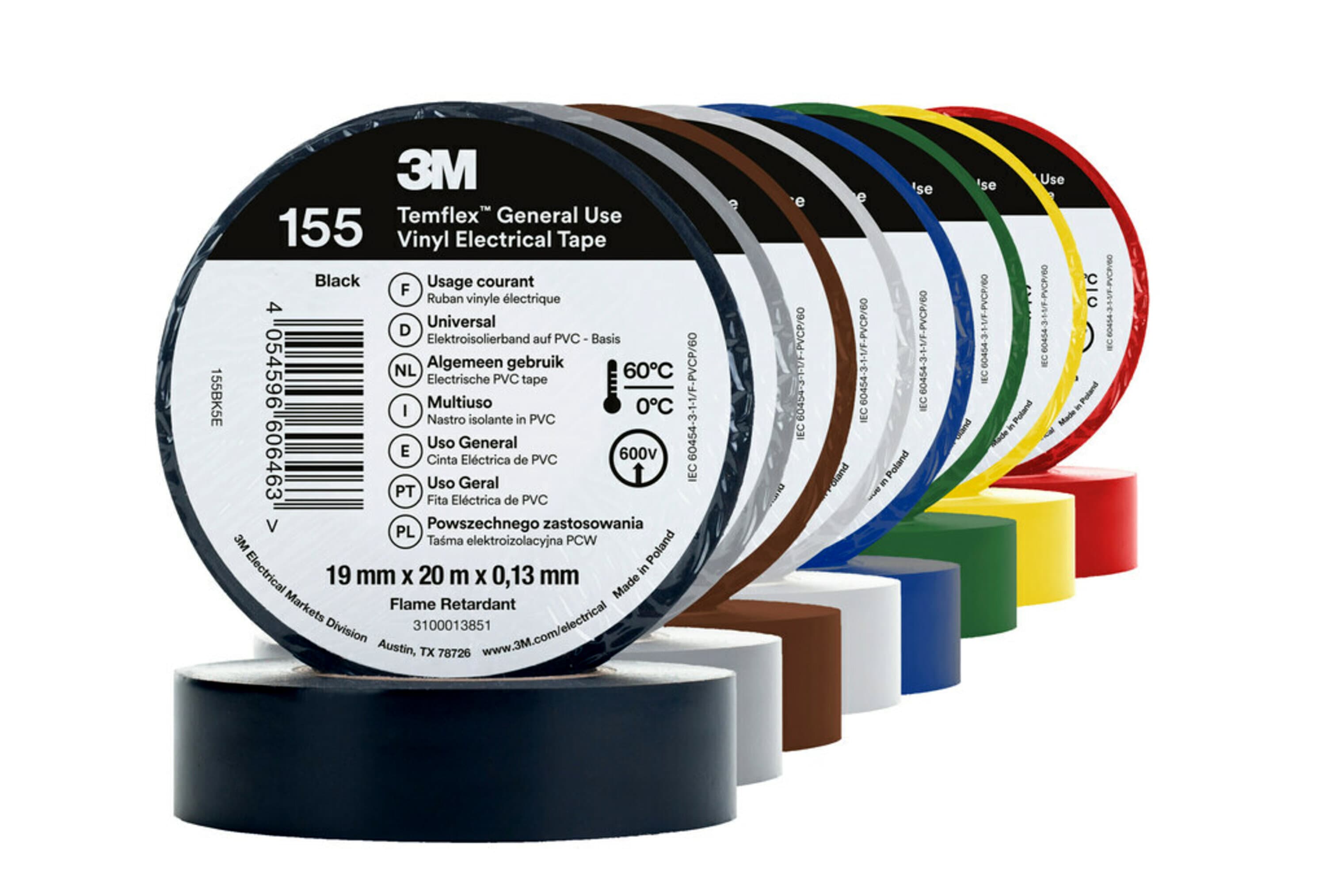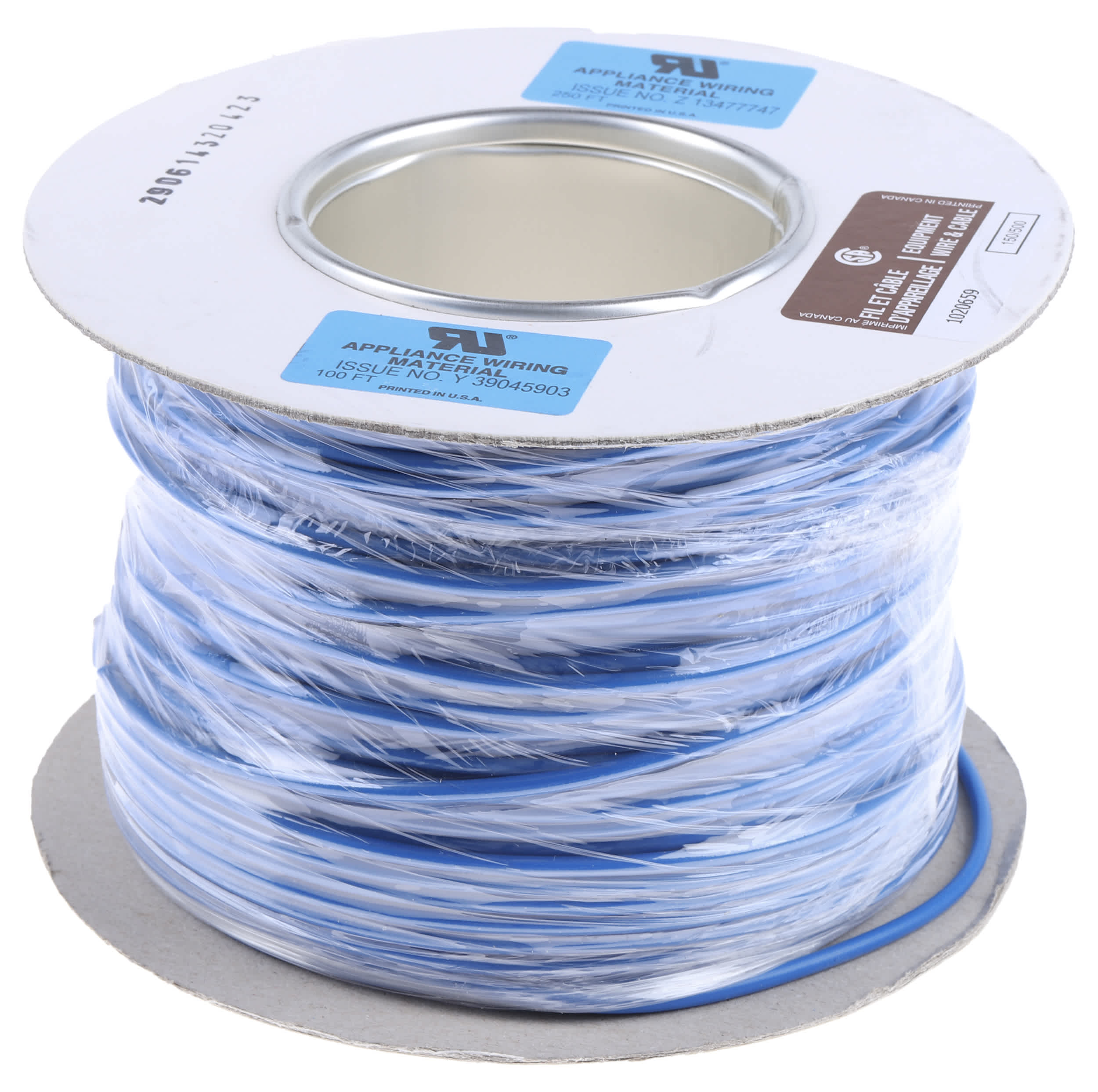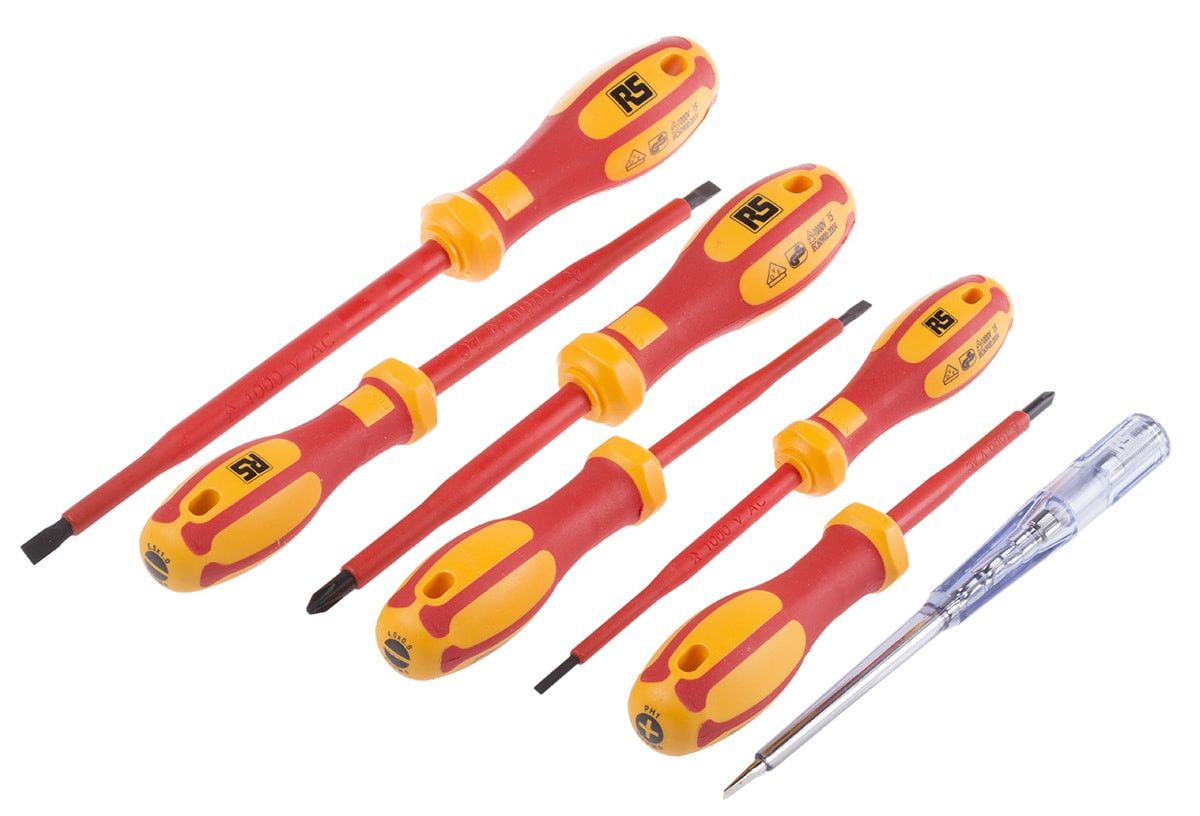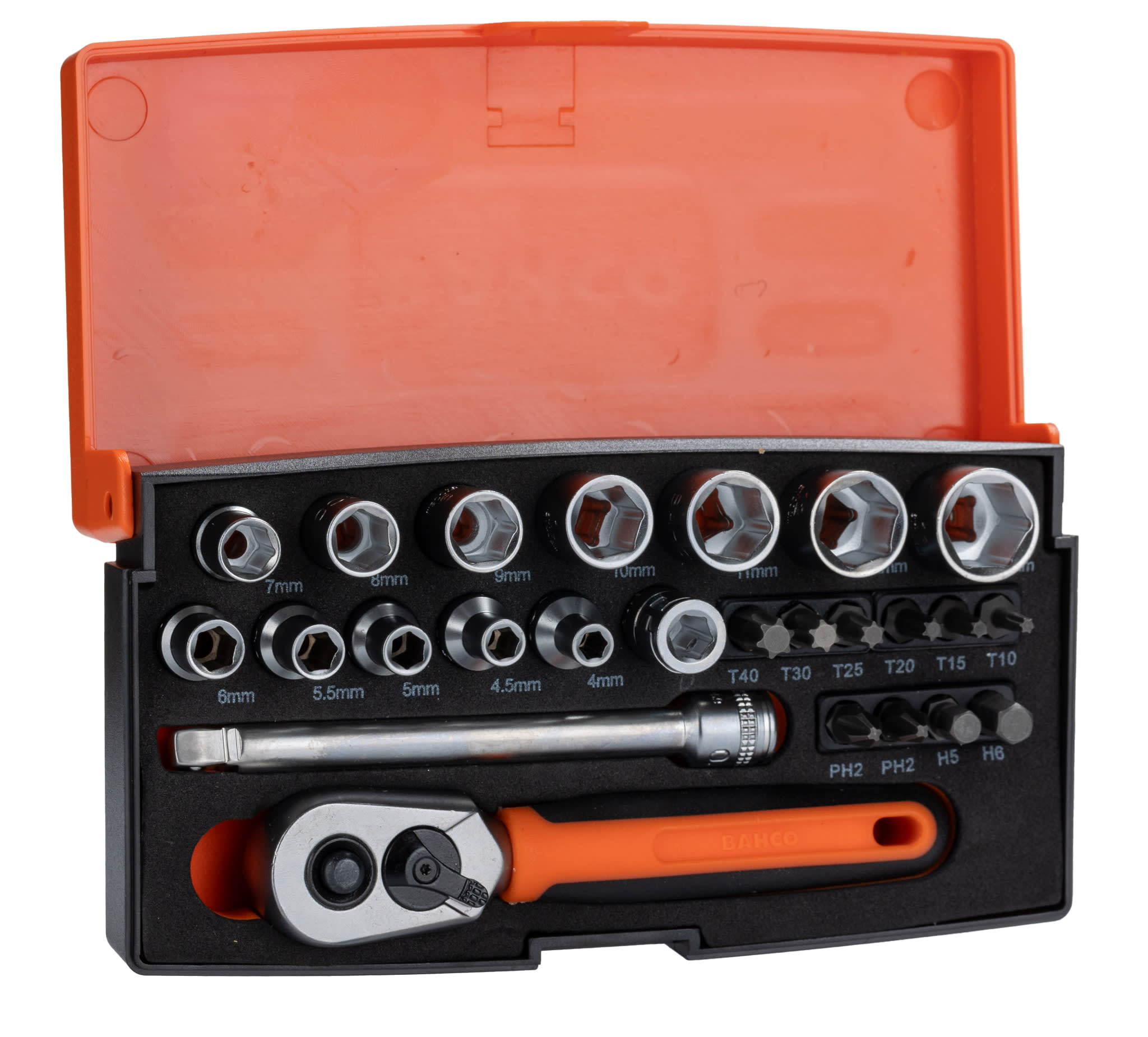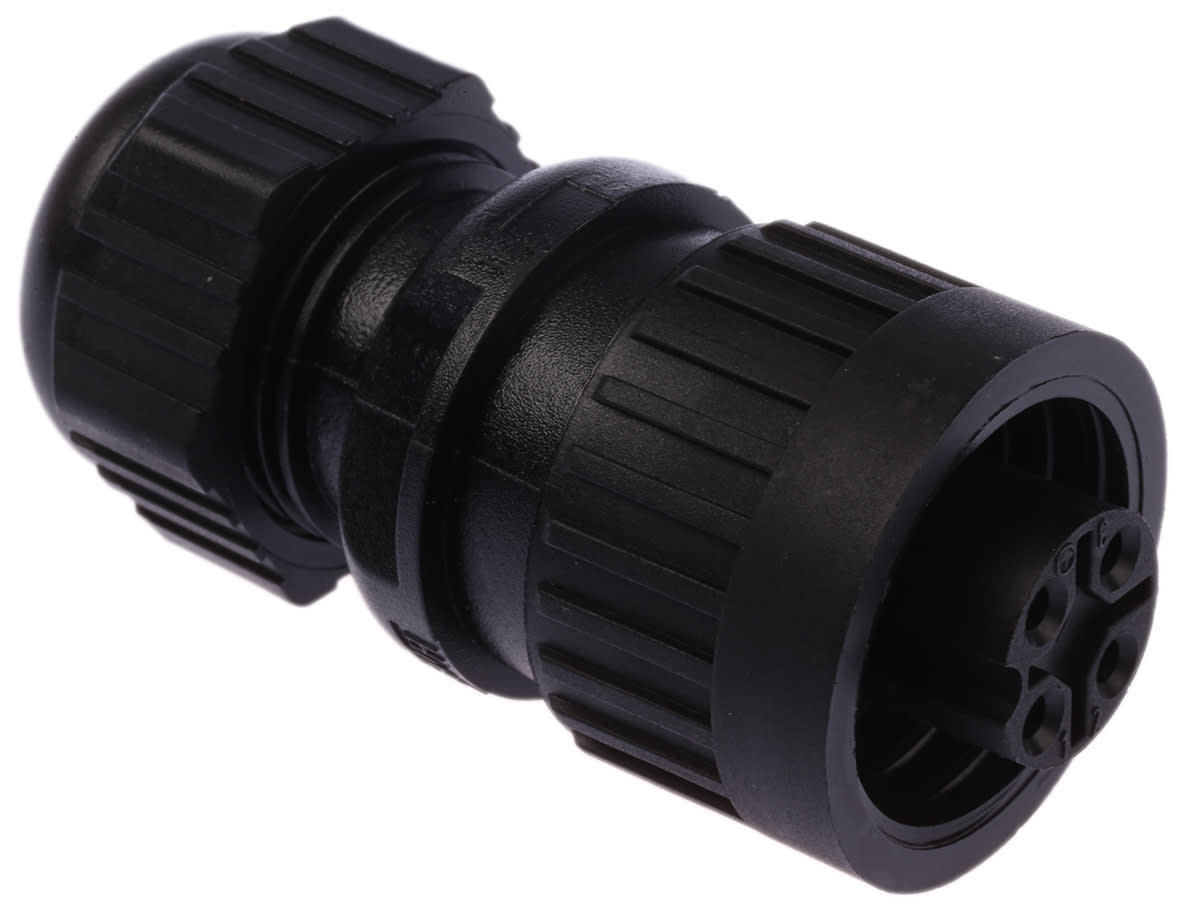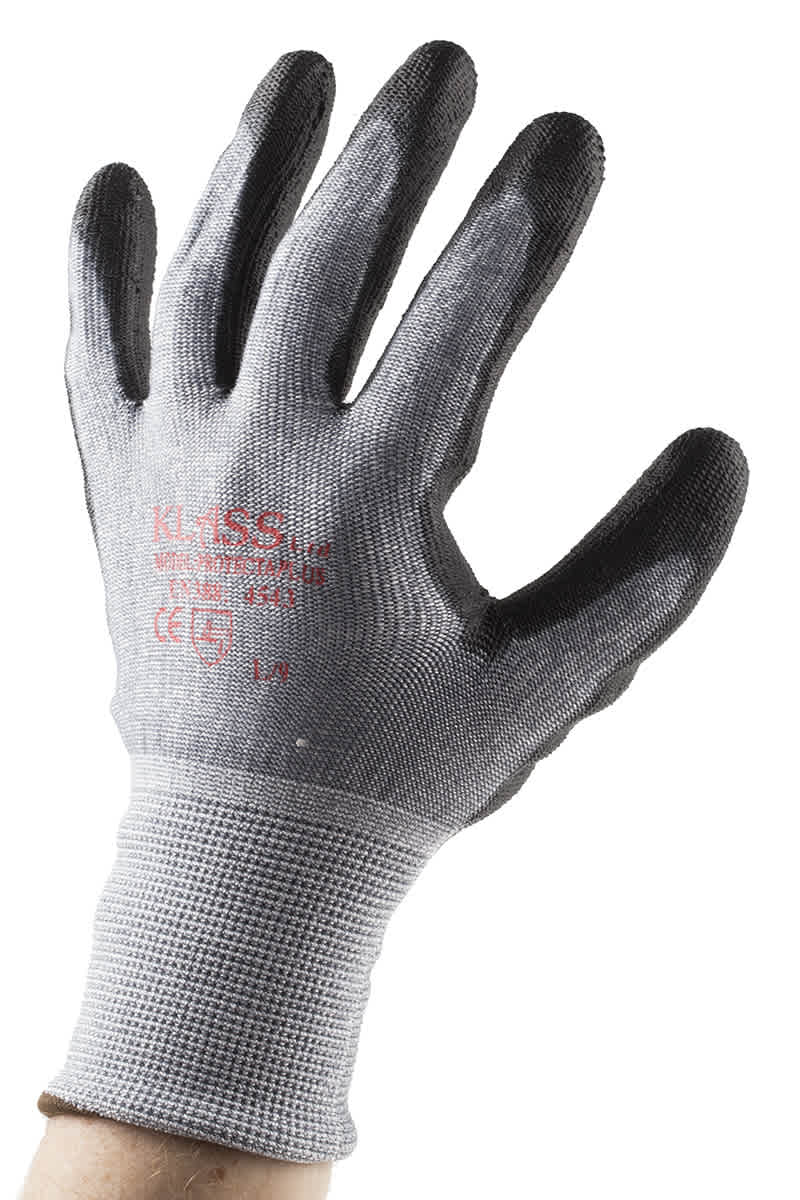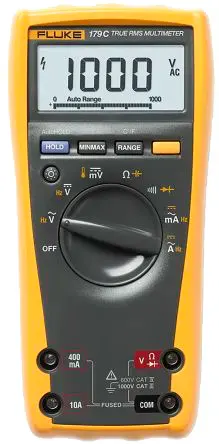

%20x%20420%20(h)/NPI_768x420.jpg)

%20x%20210%20(h)/November%202025/HP1125_UK_620x413px_HP_FP01_Eaton.jpg)
Eaton PowerXL DM1 Inverter Drives
This inverter drive is designed to provide seamless control and power management in industrial settings.
%20x%20210%20(h)/November%202025/HP1125_UK_620x413px_HP_FP02_Wera.jpg)
Wera Kraftform Kompakt W 1 Maintenance Set, 35 pieces
Compact tool set with the 35 most vital screwdriving tools for maintenance work both indoors and outdoors.
%20x%20210%20(h)/November%202025/HP1125_UK_620x413px_HP_FP03_Rubbermaid.jpg)
HIGH VISIBILITY FOLDABLE & EXTENDABLE SAFETY BARRIER
Simple to use, manoeuvre, and store; highly visible 4m safety barrier with wheels and locking straps.
%20x%20210%20(h)/November%202025/HP1125_UK_620x413px_HP_FP04_Stanley.jpg)
Fatmax Quick Access Backpack
This durable, multi-pocket backpack is ideal for transporting your tools and electronic devices to the job

